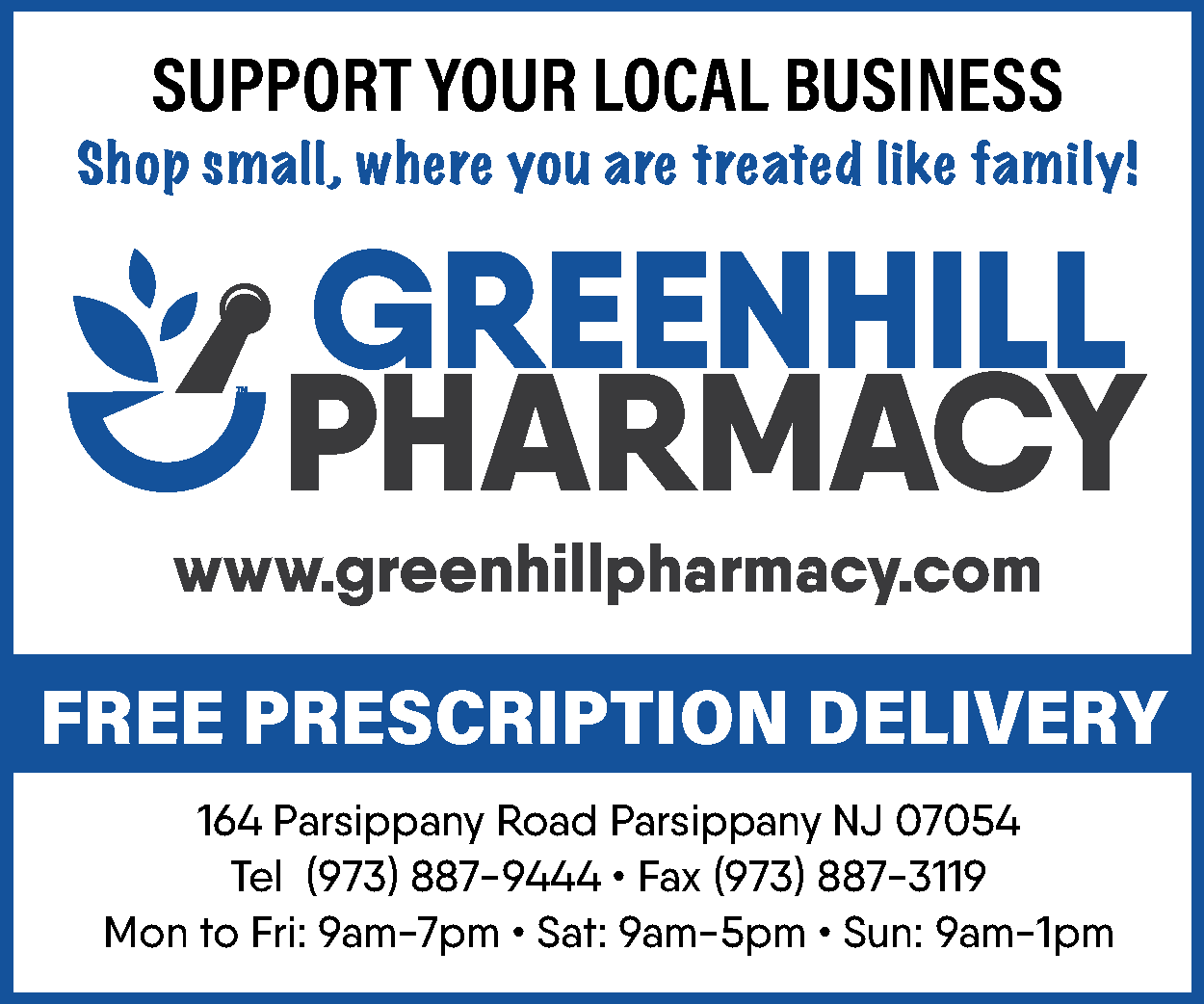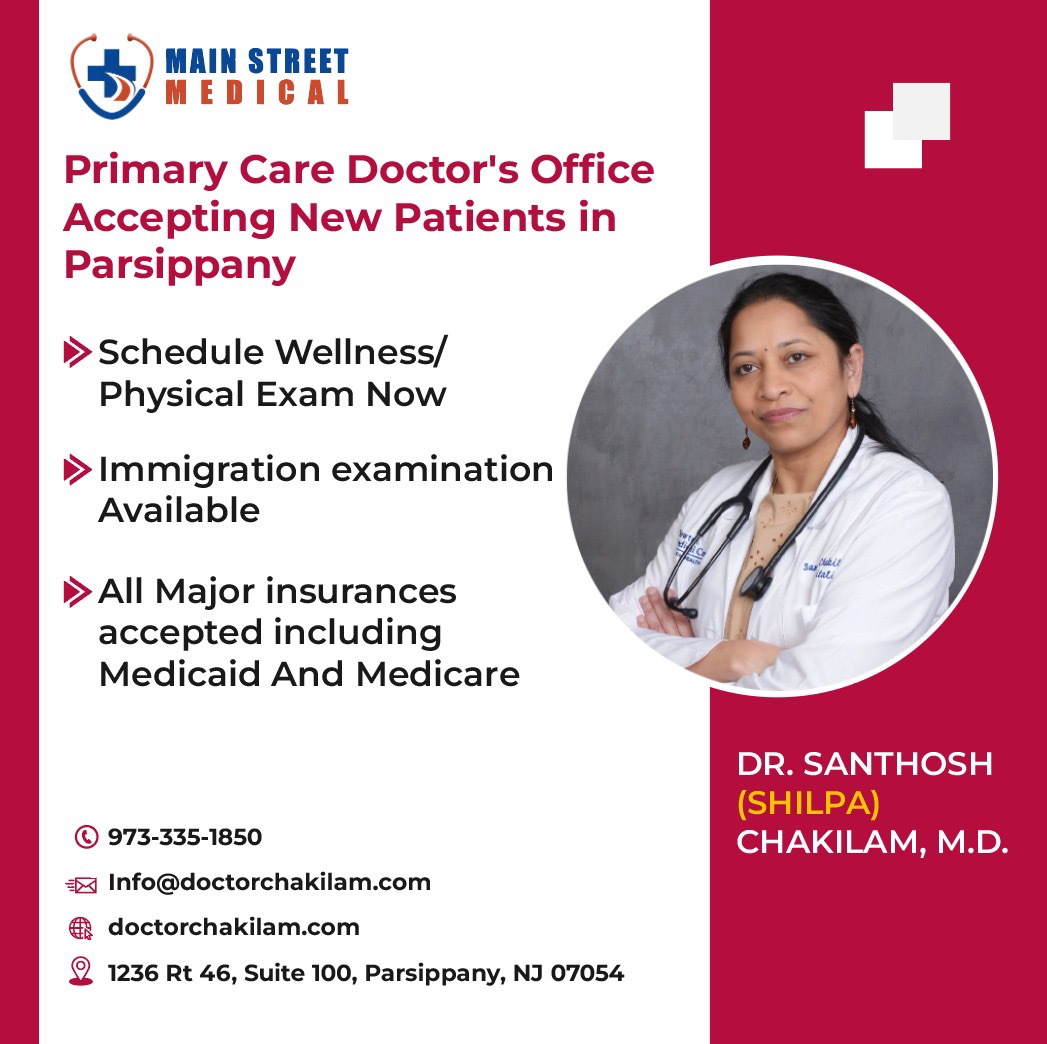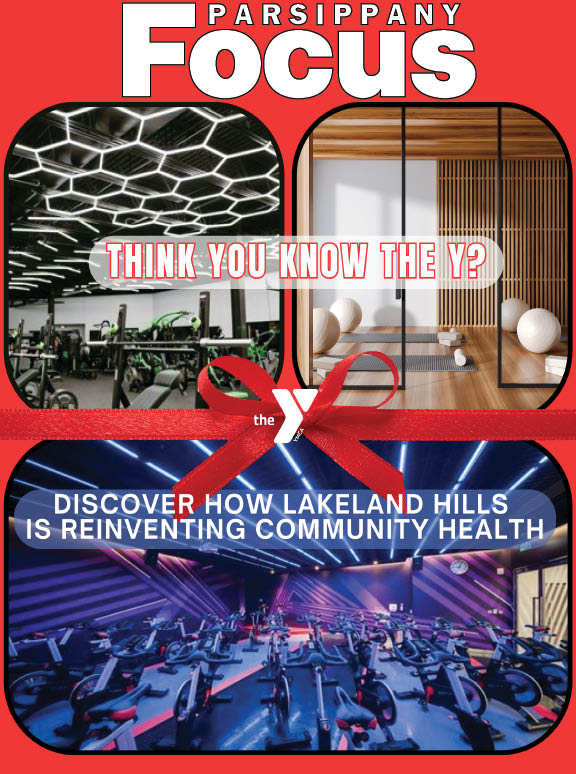PARSIPPANY — A large turnout at the first public workshop discussing Parsippany-Troy Hills Master Plan was held at Parsippany Hills High School on Tuesday, November 27.
Making the presentation was Susan Favate, AICP, PP from BFJ Planning, the township’s Planner.
The Master Plan is the Township’s public policy guide in terms of housing, economic development, transportation, utilities, recreation, sustainability, open space and other important resources. The Master Plan is not a law, but it provides guidance to elected officials and decision-makers when they make land use, zoning and capital investment decisions. This current effort will reflect changes to the Township since the Master Plan was “Reexamined” in 2014.
The attendees were broken down into groups of their choice to discuss what issues were important to them: Parks, Open Space and Sustainability; Community Resources and Quality of Life; Transportation and Mobility and Economic Development.
There will be a second Master Plan Forum to be held in April 2019, right after BFJ Planning makes recommendations in March 2019 and then from May to June they will draft the plan and finalize and adopt the new Master Plan.
 They are also planning an on-line survey which will be released in the beginning of 2019.
They are also planning an on-line survey which will be released in the beginning of 2019.
Ms. Favate discussed some of the socioeconomics of Parsippany. The 2016 Population of Parsippany-Troy Hills was 53,515, up 6% from 2000. Growth predominantly in adults age 50 or older, and Parsippany is following similar trends as Morris County.
 A breakdown of the population is age 0-17 is 10,328; 18-34 is 12,201, 35-49 is 11,131, 50-64 is 11,559 and over 65 is 8,241. The largest percentage of change from 2000-2016 was in the 65+ age group with a 45% increase.
A breakdown of the population is age 0-17 is 10,328; 18-34 is 12,201, 35-49 is 11,131, 50-64 is 11,559 and over 65 is 8,241. The largest percentage of change from 2000-2016 was in the 65+ age group with a 45% increase.
The average household size in 2000 was 2.53, in 2010 was 2.58 and in 2016 was 2.68.
63% own their own home, while 37% rent. There is a higher percentage of rental housing in Parsippany as compared to Morris County. Homes with four bedrooms had the highest growth.
She also discussed that the enrollment in the Parsippany-Troy Hills School district is down (since the 2008-2009 school year) by 130 students. High School enrollment is down, while middle and elementary school enrollment is up.
 Parsippany’s population is very diverse, one out of three residents were born abroad. Of the 53,515 residents, 27,788 are white, 2,100 are black or African American; 133 American Indian; 17,118 Asian, 5,022 Hispanic/Latino and 1,487 are Multiracial (Other).
Parsippany’s population is very diverse, one out of three residents were born abroad. Of the 53,515 residents, 27,788 are white, 2,100 are black or African American; 133 American Indian; 17,118 Asian, 5,022 Hispanic/Latino and 1,487 are Multiracial (Other).
In 2015 there were a total of 56,579 job in Parsippany which was an 9,236 increase from 2011 (47,310); 93% of jobs are filled by non-residents. Recapping, 52,578 work in Parsippany and live elsewhere; 23,308 live in Parsippany and work elsewhere and 4,001 work and live in Parsippany.
Over 50% of residents have a communute less than thirty minutes to work; 88% commute by car (single occupancy and carpool) and only 6% use public transportation (bus or train).
Our existing land use is broken down as follows:
| Vacant | 7% |
| Transportation/Utilities | 3% |
| Recreation / Open Space | 33% |
| Institutional | 6% |
| Light Industrial | 1% |
| Corporate Office | 11% |
| Apartments | 3% |
| 2-4 Family Residential | 2% |
| Single Family Residential | 29% |
Office vacancy rate decreased between 2013 and 2018. However, market remains relatively weak with a total vacancy rate of 22.4%. The average leasing rate is Parsippany increased over 15% in the last five years. There has been limited growth in the industrial market. Industrial vacancy rate is 11.1%.
Attendees had the opportunity to participate in an on-line survey.
31% attendees would like to reduce auto congestion; 32% would like to make it easier/safer to walk (sidewalks, crosswalks, etc); 32% would like to connect existing parks with walking and biking routes while 26% would like to increase passive open space and 24% would like to maintain and upgrade existing parks and facilities; 30% would like to promote design to enhance visual and aesthetics of community, 23% would like to promote environmentally sensitive and sustainable design and 22% would like to improve housing code enforcement. 33% would like to emphasize sustainability in future development, while 27% support small businesses, start-ps and artists industry; 21% would like to make green and sustainable design a requirement of development while 27% would like to protect and conserve the water supply serving the Parsippany community.












